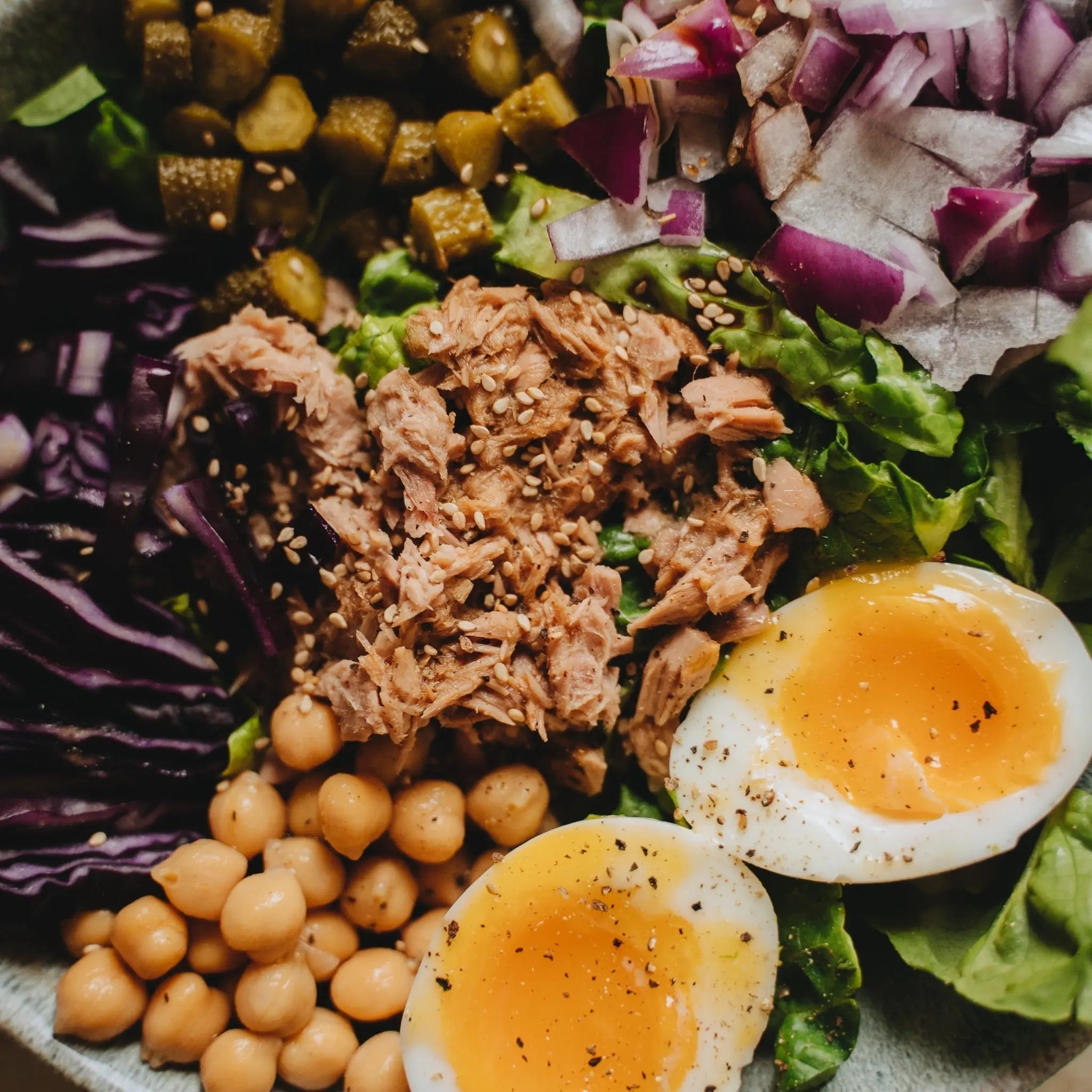Simple Blood Sugar Control (the importance of Protein and Fat)
Rice, bread, or sugary foods, for example, will be converted to glucose (a form of blood sugar) by your body very fast. That triggers a fast outpouring of insulin — a hormone that’s supposed to help shuttle glucose into your cells to be used for energy.
But eating all those carbs at once can cause a big insulin jump at one time. Your blood sugar might crash just as rapidly a short time later. This can lead to:
Increased hunger
Fatigue
Mood swings
Weight gain over time
• To avoid this, I recommend incorporating protein and healthy fats into your meals.
How Protein Helps
Protein slows digestion and helps glucose enter the bloodstream more slowly. This, in turn, eliminates huge insulin spikes.
Example: Don’t just eat bread, pair with it eggs and avocado. This leads to more stable blood sugar.
The Power of Healthy Fats
And good fats such as nuts, sesame seeds, olive oil or fish oil — also slow glucose absorption. When you consume carbohydrates with a bit of fat in the mix, it can prevent blood sugar from spiking.
For example: A banana and a spoon of peanut butter prevent a sugar spike and drop.
A Balanced Plate: The Intelligent Food Combination
Aim for all three of these in every meal:
Good carbs – brown rice, vegetables, fruits etc.
Protein — such as eggs, lentils, fish, yogurt
Good fats – olive oil, nuts, chis seeds etc.
This balance ensures your blood sugar level does not spike and you don't feel hungry quickly.
Conclusion
Insulin spikes not only make life harder for folks with diabetes, but they also are better for, well, everyone. That’s the thing: When you pair your carbs with the proper amount of protein and fat, you’ll get to:
Stable energy
Reduced cravings
Improved metabolism
Healthier weight
In search of wholesome foods, diabetic-friendly and natural products?



